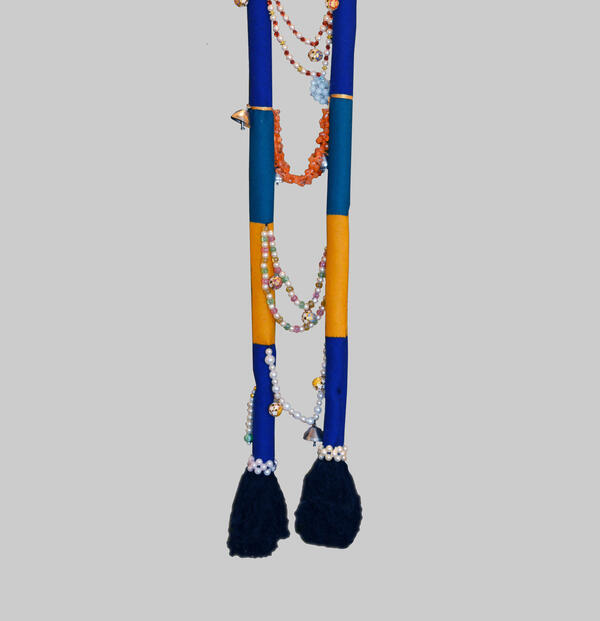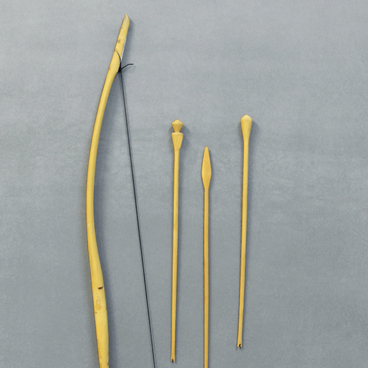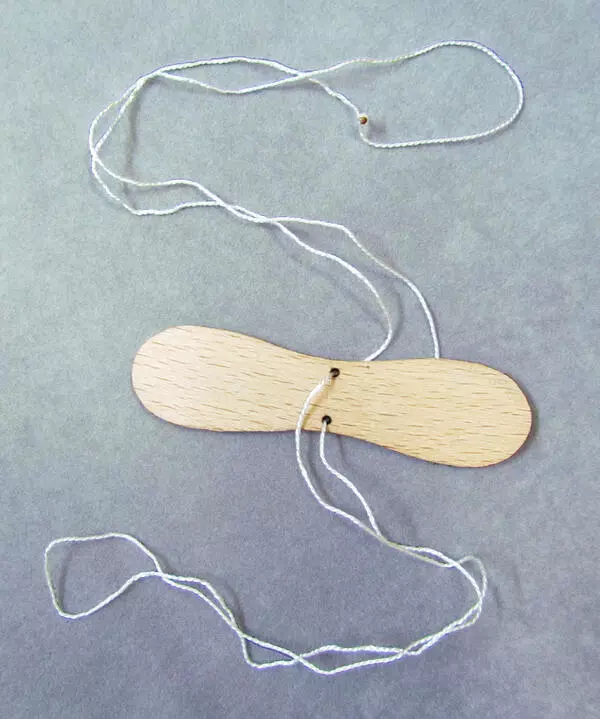From the early times, the Forest Nenets have had many beliefs regarding hair. They think hair contains the life itself, it is home for gods and spirits, that’s why one should take good care of his hair and decorate it properly. Every Forest Nenets woman looks after her hair as it plays an important role in her image.
Braids decoration called “nakOsniki”, a bright and fetching accessory, has survived to our days. These fake braids are made of cloth and wool, wrapped in colorful silk laces, ribbons and yarn. They are worn as a natural-hair braids extension and cover hair almost completely. Tied together with a cloth headband and several rows of laces or strings, these fake braids begin at the back of the head and go down the waist. Every model is unique, because each Nenets woman makes it herself, picking colors and ornaments she likes. The richness of the finished item depends on the owner’s sense of beauty.
In the recent past, the Forest Nenets decorated braids accessories with tiny bone tubes, balls and round plates just like all traditional clothing. They were colored with dyes extracted from plants. As fur buyers came to the North of the Western Siberia, glass beads became popular. But when the temperature went below –40°С, beads often cracked. Chinese porcelain beads and Indian beads made of seashells stood the cold. These beads were carefully stored, the Nenets women removed them from worn-out clothes and attached to the new ones and even collected for a daughter’s dowry. Braids accessories, decorated richly with beads and ribbons, speak of the wealth of a family and the skill of a woman. The more peculiar the ornament, the more skillful the master is.
Heavy braids also have a practical meaning — it is easier for a woman to cope with the daily tasks with her hair tied, to cook, sew, look after children and keep up the housework. Another fake braids purpose is to make their owner keep her back straight when they are tucked over a waistbelt.
“Nakosniki” braids decorations in Gubkinsky Museum of the Development of the North exposition are made by the Forest Nenets Valentina Pyak.
Braids decoration called “nakOsniki”, a bright and fetching accessory, has survived to our days. These fake braids are made of cloth and wool, wrapped in colorful silk laces, ribbons and yarn. They are worn as a natural-hair braids extension and cover hair almost completely. Tied together with a cloth headband and several rows of laces or strings, these fake braids begin at the back of the head and go down the waist. Every model is unique, because each Nenets woman makes it herself, picking colors and ornaments she likes. The richness of the finished item depends on the owner’s sense of beauty.
In the recent past, the Forest Nenets decorated braids accessories with tiny bone tubes, balls and round plates just like all traditional clothing. They were colored with dyes extracted from plants. As fur buyers came to the North of the Western Siberia, glass beads became popular. But when the temperature went below –40°С, beads often cracked. Chinese porcelain beads and Indian beads made of seashells stood the cold. These beads were carefully stored, the Nenets women removed them from worn-out clothes and attached to the new ones and even collected for a daughter’s dowry. Braids accessories, decorated richly with beads and ribbons, speak of the wealth of a family and the skill of a woman. The more peculiar the ornament, the more skillful the master is.
Heavy braids also have a practical meaning — it is easier for a woman to cope with the daily tasks with her hair tied, to cook, sew, look after children and keep up the housework. Another fake braids purpose is to make their owner keep her back straight when they are tucked over a waistbelt.
“Nakosniki” braids decorations in Gubkinsky Museum of the Development of the North exposition are made by the Forest Nenets Valentina Pyak.




